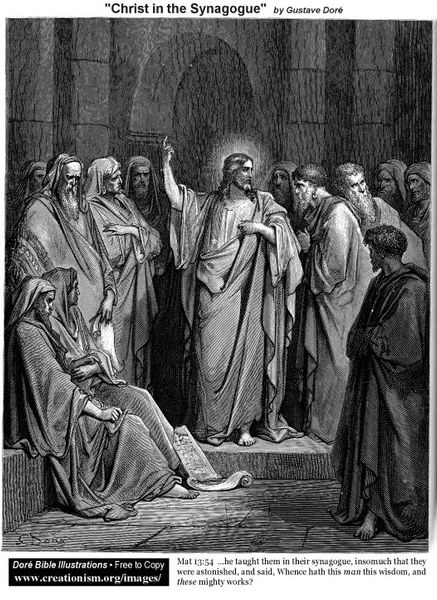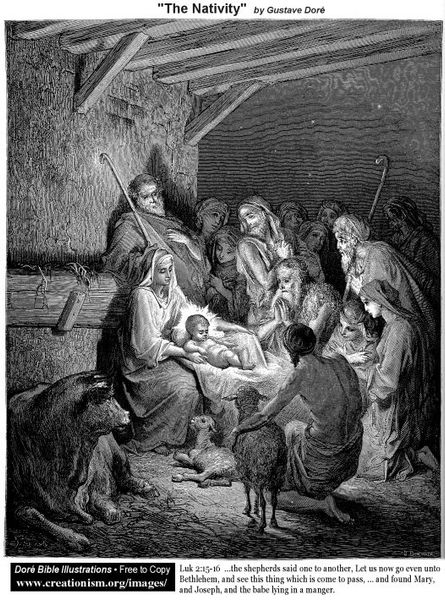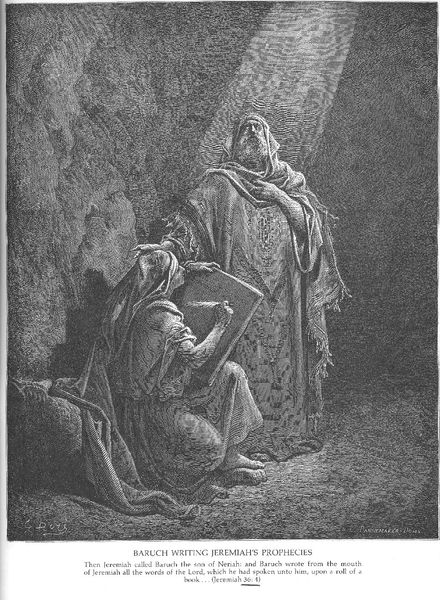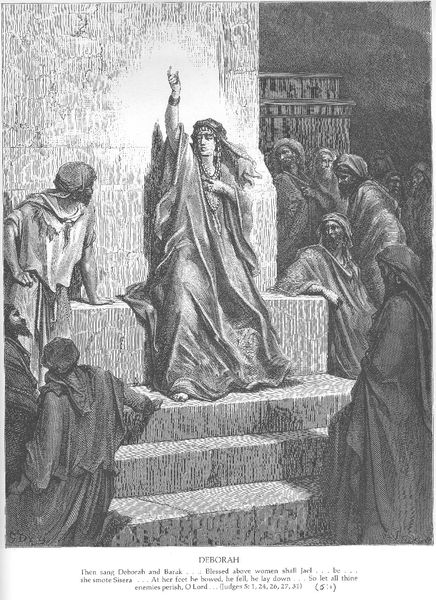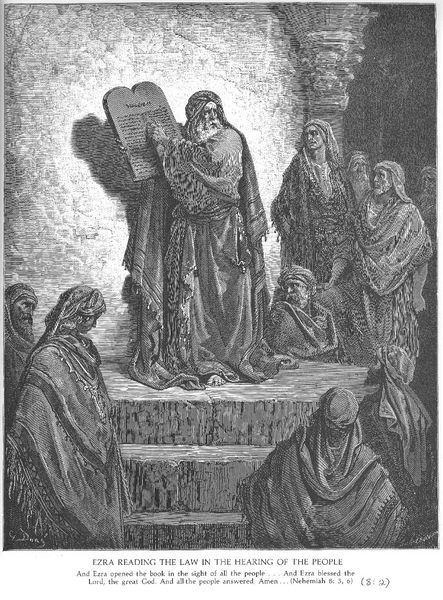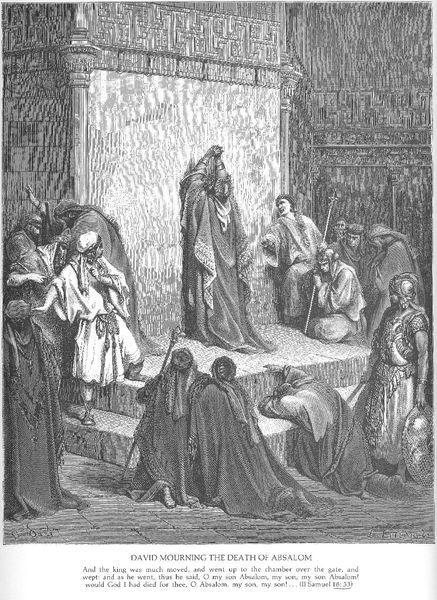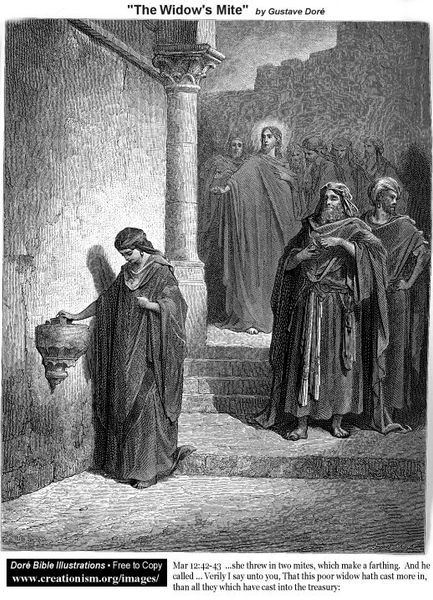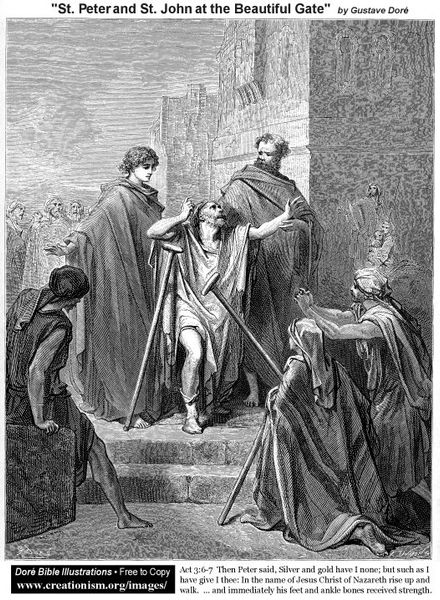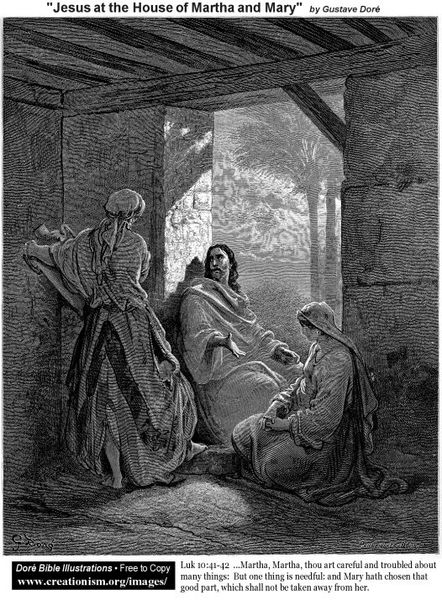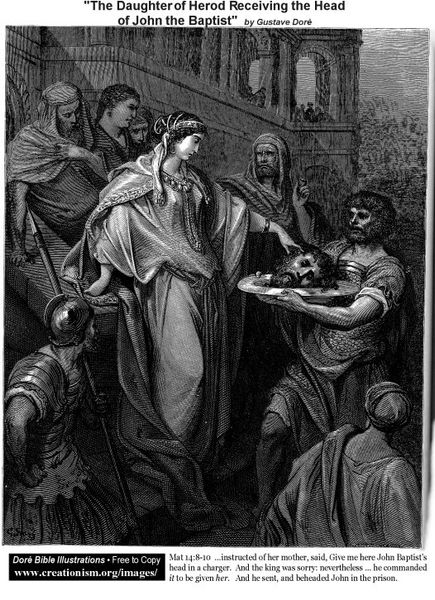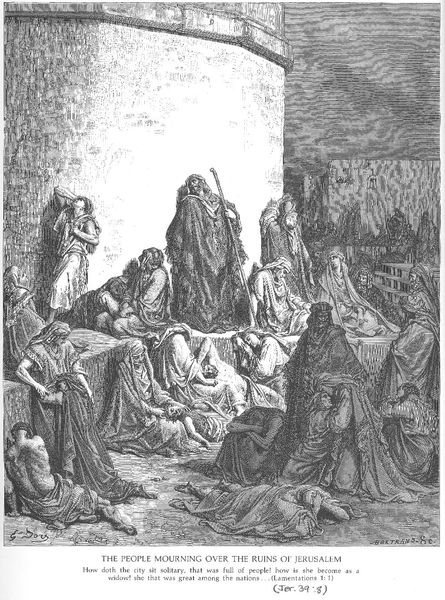
drawing, paper, photography, ink, engraving
#
drawing
#
medieval
#
narrative-art
#
black and white photography
#
figuration
#
paper
#
photography
#
jesus-christ
#
ink
#
christianity
#
line
#
history-painting
#
academic-art
#
engraving
#
realism
Copyright: Public domain
Gustave Dore made this engraving, "Jesus and the Woman Taken in Adultery," sometime before 1883. Dore was a prolific illustrator, and the visual power of his images owes something to his deep understanding of social dynamics. Here, light and shadow define the scene's moral contours. The accusing crowd is shrouded in darkness, while Christ and the woman are bathed in light. The setting's architectural details, reminiscent of a stage, cast the scene as a public spectacle, which is a familiar trope of Victorian moralizing. Dore's work reflects France's evolving relationship with religion in the 19th century. The church's cultural dominance was waning, yet spiritual themes remained potent. Dore navigated this tension, creating images that were both reverent and dramatic. To fully appreciate this work, look into the complex interplay of religion, morality, and public life in 19th-century France. Consider the role of institutions like the church and the press in shaping public opinion. Only then can we fully understand the social work this image performed.
Comments
No comments
Be the first to comment and join the conversation on the ultimate creative platform.

